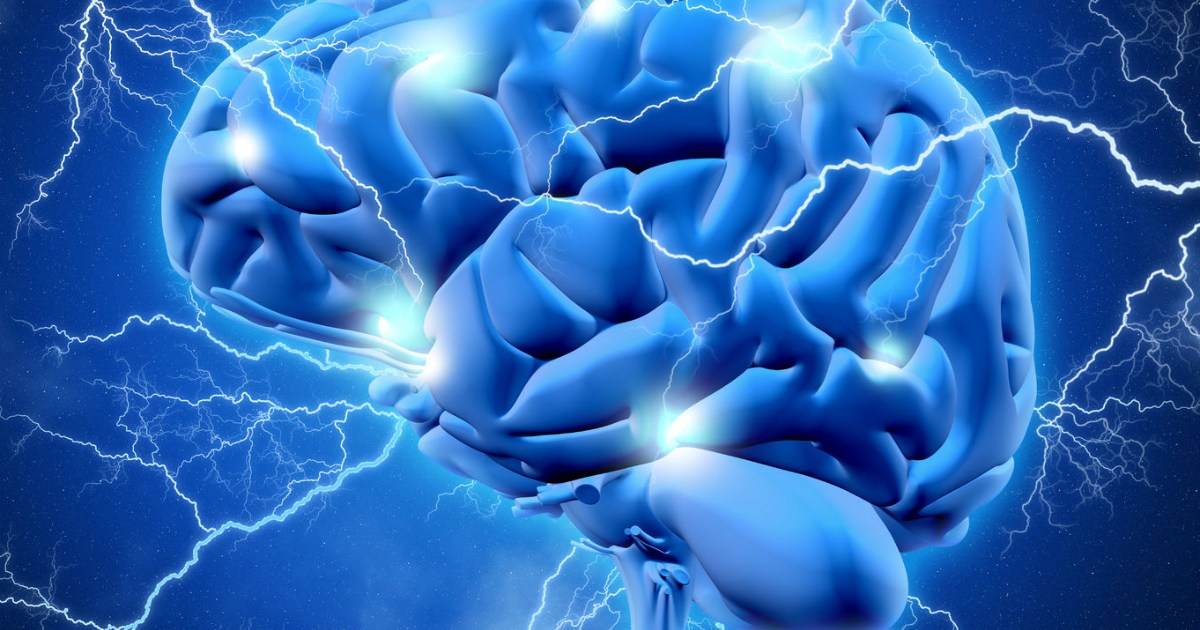Pioneering the Future of Computing
Introduction: In the rapidly evolving landscape of technology, one field has emerged as a frontrunner, promising a revolutionary leap in human-computer interaction—Brain-Computer Interface (BCI) also known as brain-machine interface (BMI), holds immense potential to revolutionize the way we interact with computers and devices. By establishing a direct communication pathway between the brain and external devices, …




